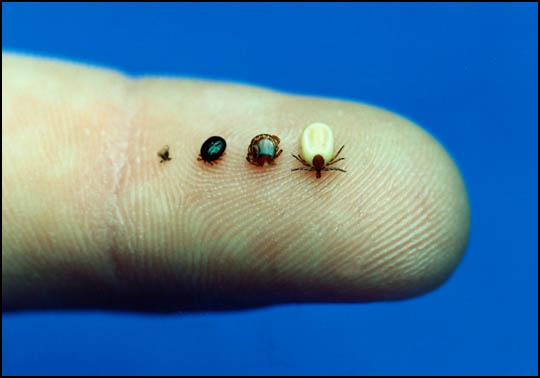
I could not believe how smart Marshall Marshall
One night Marshall
I never gave up hope that I would see Marshall Marshall Marshall
That miracle did happen 16 months later ... a “Christmas Miracle”!
Marshall was found on a very busy highway trying to find his way home, and he
was still wearing the collar and tags he wore on the night he disappeared. He
could have lost his life that night. The very special lady that found him kept
him for two nights. On Monday, she contacted New Hartford
Animal Hospital
A miracle is defined as a truly astounding event attributed to divine intervention. This was a miracle. There are no other words to describe what happened. This miracle touched not only my family and friend’s lives but also those of strangers near and far.
We never know when and where miracles will happen but this is proof that they DO happen. You just have to believe, pray, and never give up hope!
From our staff to you:
We have been so blessed this year to have witnessed and
shared many wonderful moments like this with our NHAH family. Each day is
special and we love the pets and families that brighten our days. Wishing you
all a Merry Christmas, and peace in the New Year!







































